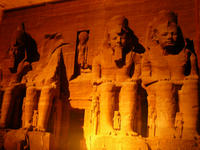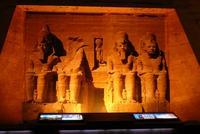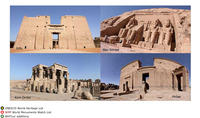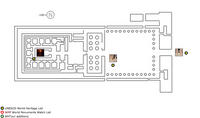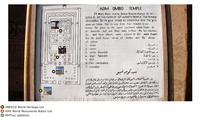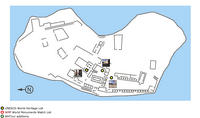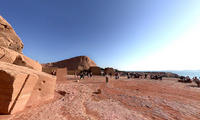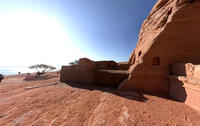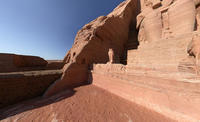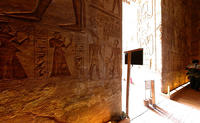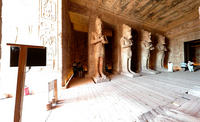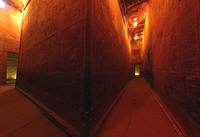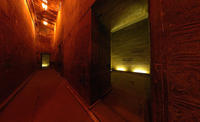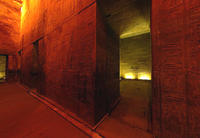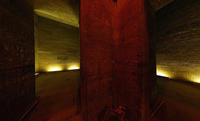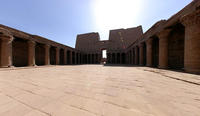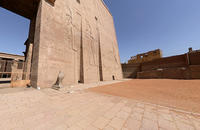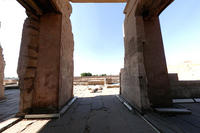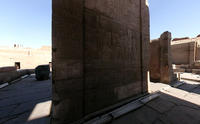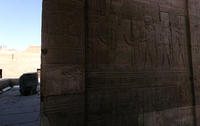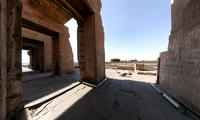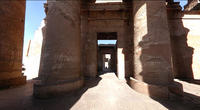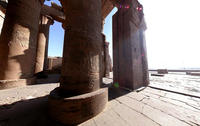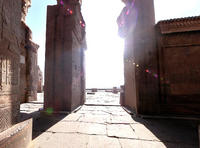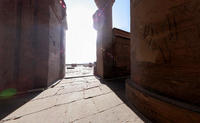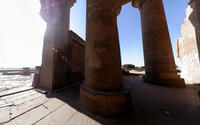You are in: Africa -> Egypt -> Nubian Monuments fro... , and traditional search or Image Gallery will yield results of this site only
Nubian Monuments from Abu Simbel to Philae
| Site number: | 88 |
|
| Type of site: | Cultural | |
| Date: | 1960-1980 | |
| Date of Inscription: | 2007 | |
| Location: | Africa, Egypt, Governorate of Aswan | |
Up to 75 images are shown here. Click on each for more details or on Image Gallery for more images.
Six official UN languages:
Arabic,
Chinese,
English,
French,
Russian,
Spanish
Other languages: Bulgarian, Catalan, Croatian, Czech, Danish, Dutch, Finnish, German, Hebrew, Hungarian, Italian, Japanese, Lithuanian, Luxembourgish, Malay, Norwegian-bokmål, Polish, Portuguese, Romanian, Serbian, Swedish, Ukrainian
Other languages: Bulgarian, Catalan, Croatian, Czech, Danish, Dutch, Finnish, German, Hebrew, Hungarian, Italian, Japanese, Lithuanian, Luxembourgish, Malay, Norwegian-bokmål, Polish, Portuguese, Romanian, Serbian, Swedish, Ukrainian
| Description: | This exceptional archaeological area encompasses such outstanding monuments as the Temples of Ramses II at Abu Simbel and the Sanctuary of Isis at Philae. The International Campaign launched by UNESCO (1960 to 1980) saved these monuments from the rising waters of the Nile. --WHMNet paraphrase from the description at WHC Site, where additional information is available. For 360 degree imaging of this site, click here. | |
| Abu Simbel archaeological site comprising two massive rock temples in southern Egypt on the western bank of Lake Nasser about 290 km southwest of Aswan. It is part of the UNESCO World Heritage Site known as the "Nubian Monuments" [1], which run from Abu Simbel downriver to Philae (near Aswan).The twin temples were originally carved out of the mountainside during the reign of Pharaoh Ramesses II in the 13th century BC, as a lasting monument to himself and his queen Nefertari, to commemorate his alleged victory at the Battle of Kadesh, and to intimidate his Nubian neighbors. However, the complex was relocated in its entirety in the 1960s, on an artificial hill made from a domed structure, high above the Aswan dam reservoir. The relocation of the temples was necessary to avoid being submerged during the creation of Lake Nasser, the massive artificial water reservoir formed after the building of the Aswan dam on the Nile River. Abu Simbel remains one of Egypt's top tourist attractions. Philae (Greek: Φιλαί) or Pilak or P'aaleq (Egyptian: remote place or the end or the angle island) or Arabic: Anas el Wagud, is an island in the Nile River and the previous site of an Ancient Egyptian temple complex in southern Egypt. The complex is now located on the nearby island of Agilika. --Wikipedia. Text is available under the Creative Commons Attribution-ShareAlike License. For 360 degree imaging of this site, click here. | ||
| Source: | http://whc.unesco.org/en/list/88 | |
| Source2: | http://whc.unesco.org/en/list/88/video | |
| Reference: | 1. UNESCO World Heritage Center, Site Page. | |


